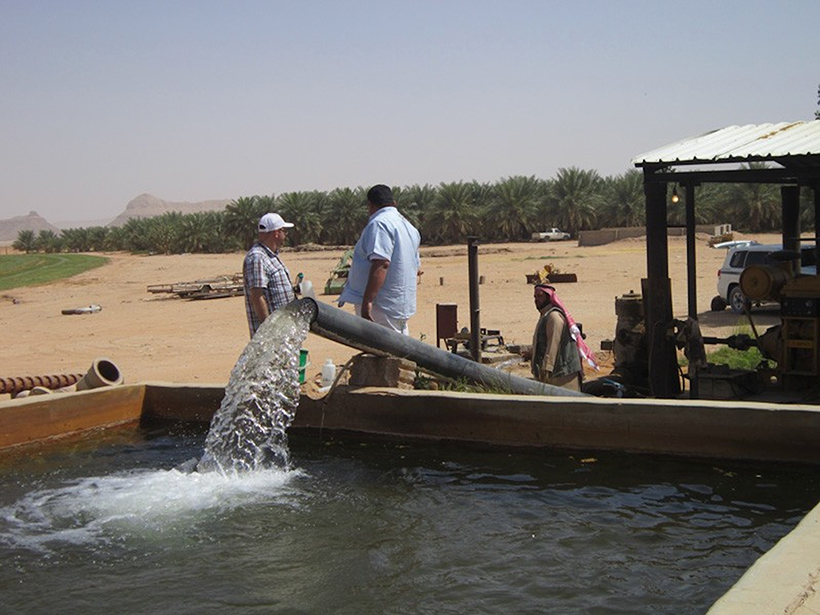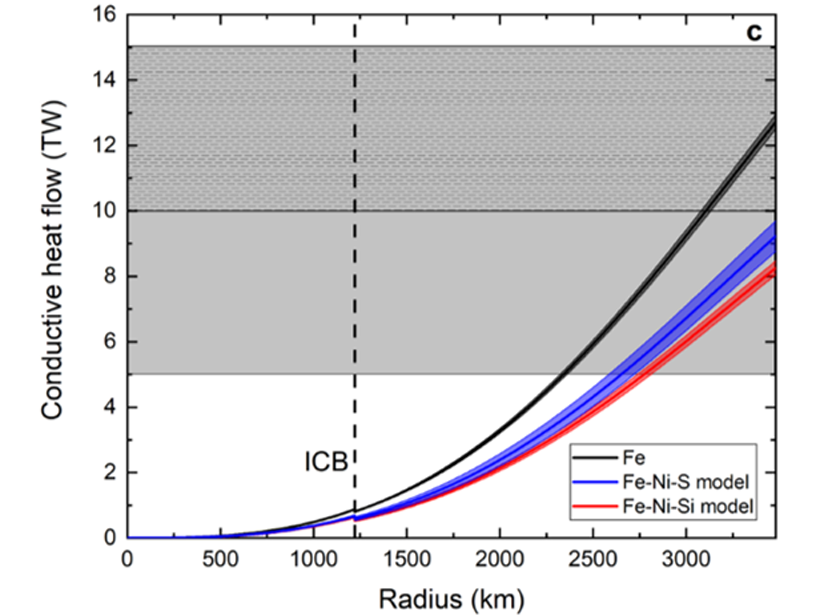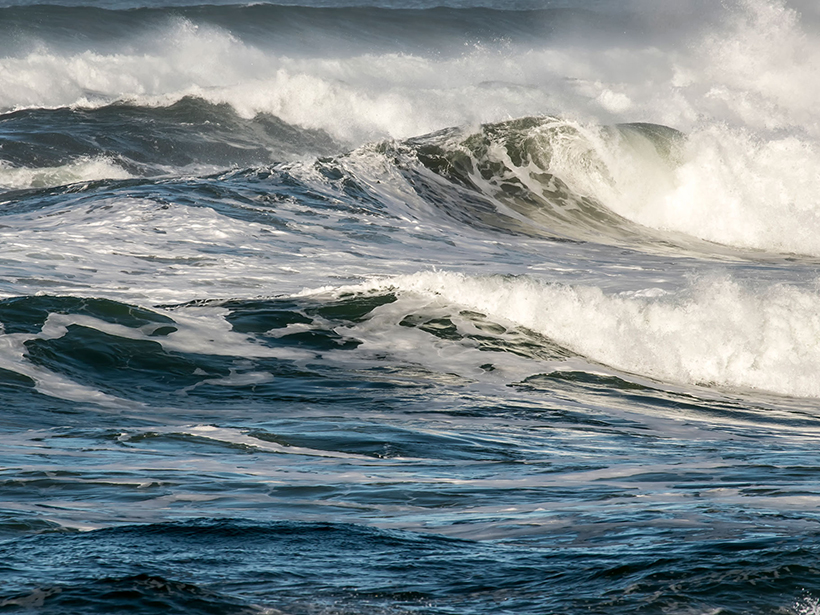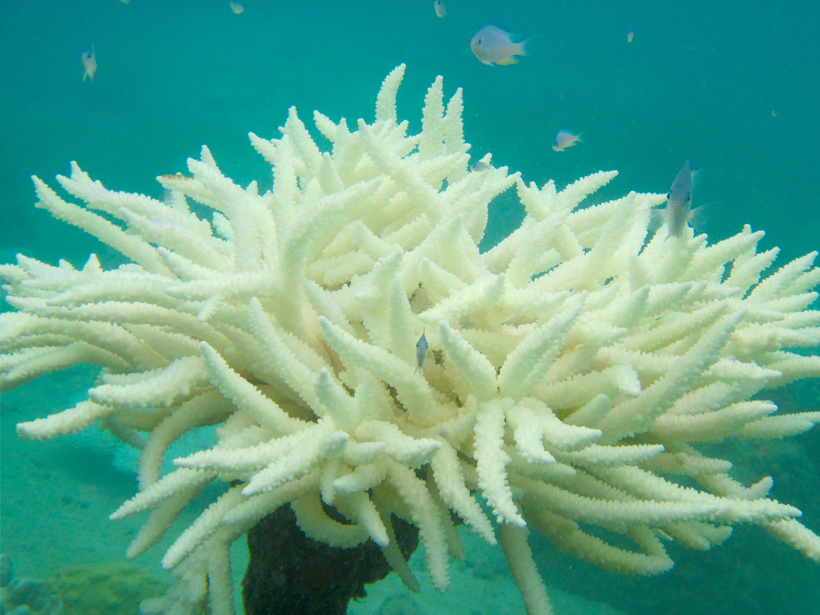Insights from a new study could spark discoveries about Martian landscapes and also help researchers get to the bottom of canyon formation here on Earth.
CC BY-NC-ND 2019
Arid Arabian Peninsula Is Tapping into Vast Groundwater Reserves
A new, multipronged study sheds light on an ancient aquifer system.
Thermal Convection Can Power the Geodynamo
New high-pressure experiments on fluid iron suggest thermal convection without compositional buoyancy is sufficient to drive the dynamo generating Earth’s magnetic field.
The Hazard Cascade That Led to the Anak Krakatau Landslide
Researchers used a combination of ground and space-based measures to look for warning signs for the flank collapse at Anak Krakatau in 2018, which triggered a tsunami that killed hundreds.
Virtual Super Instrument Enhances Solar Spacecraft
The same algorithms that help control self-driving cars and speech-to-text functionality have helped build a virtual instrument to study the Sun.
Addressing Arctic Challenges Requires a Synoptic Ocean Survey
A coordinated effort involving trailblazing science—and icebreaking ships—from many nations is needed to fill gaps in our understanding of the Arctic Ocean and how it’s changing.
Oceans Vented Carbon Dioxide During the Last Deglaciation
A new boron isotope record from South Pacific marine sediments offers a more complete picture of ocean-atmosphere carbon dioxide exchange during the late Pleistocene.
Machine Learning Improves Satellite Rainfall Estimates
A new deep learning approach bridges ground rain gauge and radar data with spaceborne radar observations of Tropical Rainfall Measuring Mission to improve precipitation estimation.
New Type of Storm Spotted on Saturn
In 2018, four massive storms formed near the planet’s north pole, interacting with each other and affecting a full latitudinal band.
A Key to Coral Bleaching Events? Location, Location, Location
New research indicates that longitude, as well as warming waters, may be a key predictor of coral bleaching events.










